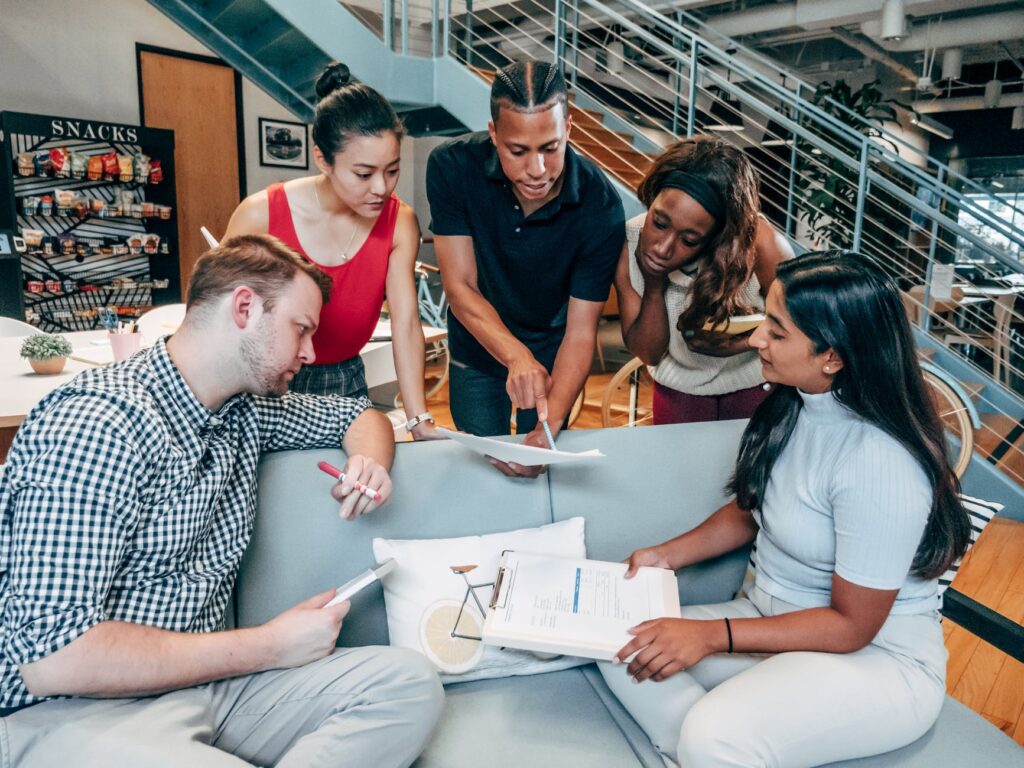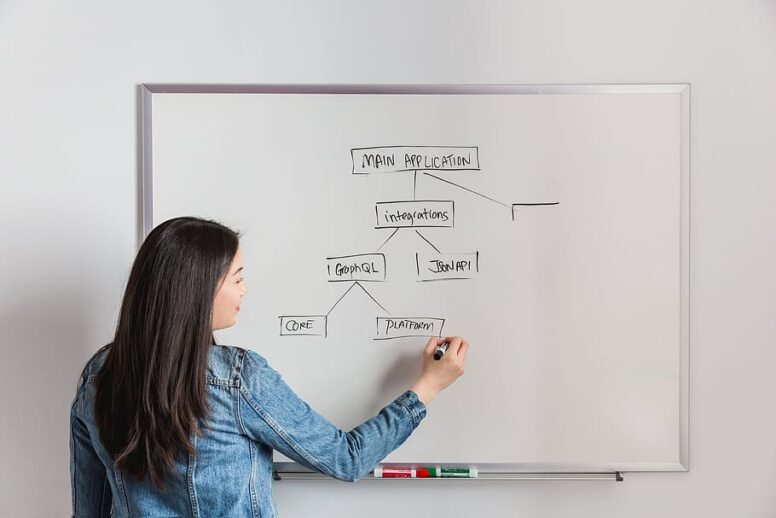If you’re on your way to coming up with some new ideas and products, and you’re there for the first time, you’re probably wondering how the invention process works in general. Yes, the ideas are there, but what exactly should you do with them? Because, let’s face it, if you make mistakes along the way, it can have pretty fatal consequences.
Stealing your idea and using it as your own by another person or company is just one of many. That is why it is necessary to understand the whole invention process in order to avoid such situations and ensure that you achieve the result you want. Here are some of our tips for understanding the invention process from start to finish.
1. Make sure you document your invention first

Before you move on to the remaining steps, it is essential that you first document your idea. This means that you need to write down on paper or in electronic form how the whole process of coming up with an idea went, so that you can prove that you are its original inventor. Part of documenting an invention is an important initial step in the invention process because it ensures that you are protected from potential theft of an idea. And this is probably the worst thing that can happen to an inventor who worked really hard on coming up with something valuable. Having the necessary documents allows you to provide proof in all situations when necessary that you are the first to come up with the invention and that you are its originator.
Keeping a record of the date of the invention is no longer as crucial in countries as the United States, because now the main and basic criterion is who first applied for a patent. But that doesn’t mean you shouldn’t document your idea and leave a written paper (or electronic) trace about it. There are discovery forms that you can fill out quickly and complete this part of the invention process so you can peacefully move on to the next one.
2. Focus on maintaining confidentiality until you receive a patent

The next thing you need to focus on is maintaining the confidentiality of your idea until you finally receive a patent. Keep in mind that the process of obtaining a patent can take quite a long time (up to several years), so it is necessary to ensure that during this time there will be no leakage of information from third parties. Think about who you will have to, or should, share your invention with and prepare a Confidentiality Agreement for them to sign. Of course, you should not disclose your ideas before a third party has signed the Agreement. If they refuse to do so, forget about sharing information with them, as they are obviously not to be trusted. And make sure they don’t find out your idea in the meantime.
Signing a Confidentiality Agreement protects your invention from theft because it prevents your employees or associates from passing on information about your idea without your permission. Any violation of this Agreement leads to serious legal consequences, so surely no one will want to be brought into such a position.
If you want to learn more about how to become a serious inventor, Invent Help has an amazing guide called ‘From inception to invention’, which can be very useful in this process.
You can read that guide here: https://kulturehub.com/inventhelp-step-by-step-guide-inventor/
3. Find out if your idea can be patented

Once you have documented your idea and protected it with a Confidentiality Agreement, the next step is to find out if your invention is patentable. There are several questions you need to have correct and verified answers to, in order to finally conclude whether you can patent your invention. Some of them are: who can apply for a patent, how to know if I can put a patent on my idea, which ideas and products are patentable, how long patent protection lasts, how much does it cost, and others.
If you do not want to pay professionals who will give you the best information about whether your idea is patentable, you can do it yourself. There is an option of a free patent search online, so you just need to take the time and be persistent until you gather all the necessary information.
We want to note that it is important not to rush with this part of the invention process, because you do not want to find yourself in a situation where you started with the long and complex part of collecting documentation for a patent application, only to finally realize that your invention is not patentable at all. Take your time and make sure that you are familiar with the whole process and that you are one hundred percent able to continue with applying for a patent.
4. When you’re ready, start an application process

Once you figure out that you definitely can apply for a patent, it is time to start this part of the invention process. How to do it? By first filing a patent application with the USPTO (U.S. Patent and Trademark Office). When you get into all this, keep in mind that the process is not at all simple and will require a lot of effort and work on preparing all the necessary documentation, drawings, but also that you will have to meet all the requirements for USPTO to grant you a patent.
If you are not sure that you can do all this yourself, we definitely recommend that you take professional help, to ensure that you eventually get your patent if you meet all the requirements. Making mistakes during the patent application process can cost you dearly and cause you to lose your patent right just because you overlooked some of the things. Therefore, we suggest that you first prepare well or ask an expert for help with this part of the invention process.
Conclusion
In case you come up with an idea it is necessary to get acquainted with the invention process to ensure that everything goes smoothly. The first step is to document your idea, and then make sure that all your associates and employees sign a Confidentiality Agreement. Check if your invention is patentable, and if that’s the case, start with part of the application and ask for help from the experts if you don’t know how to do it yourself.

